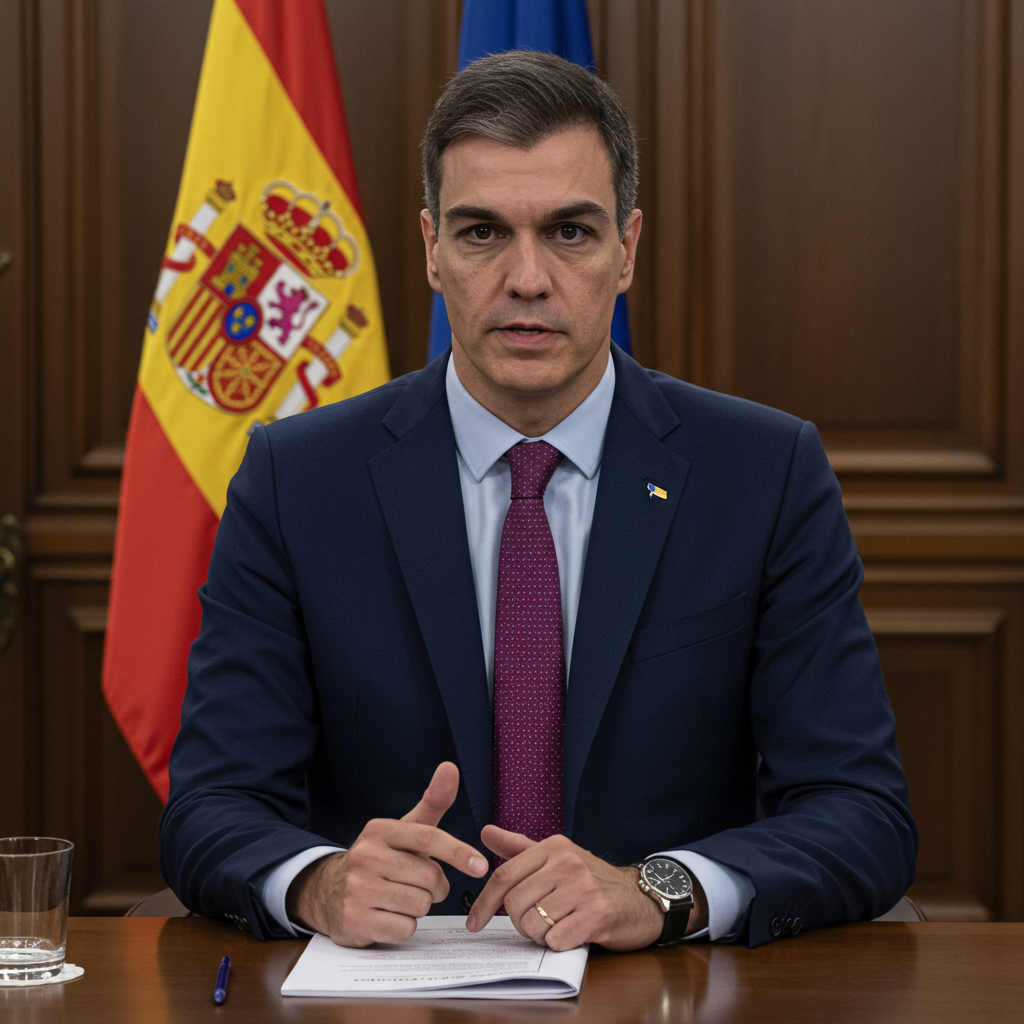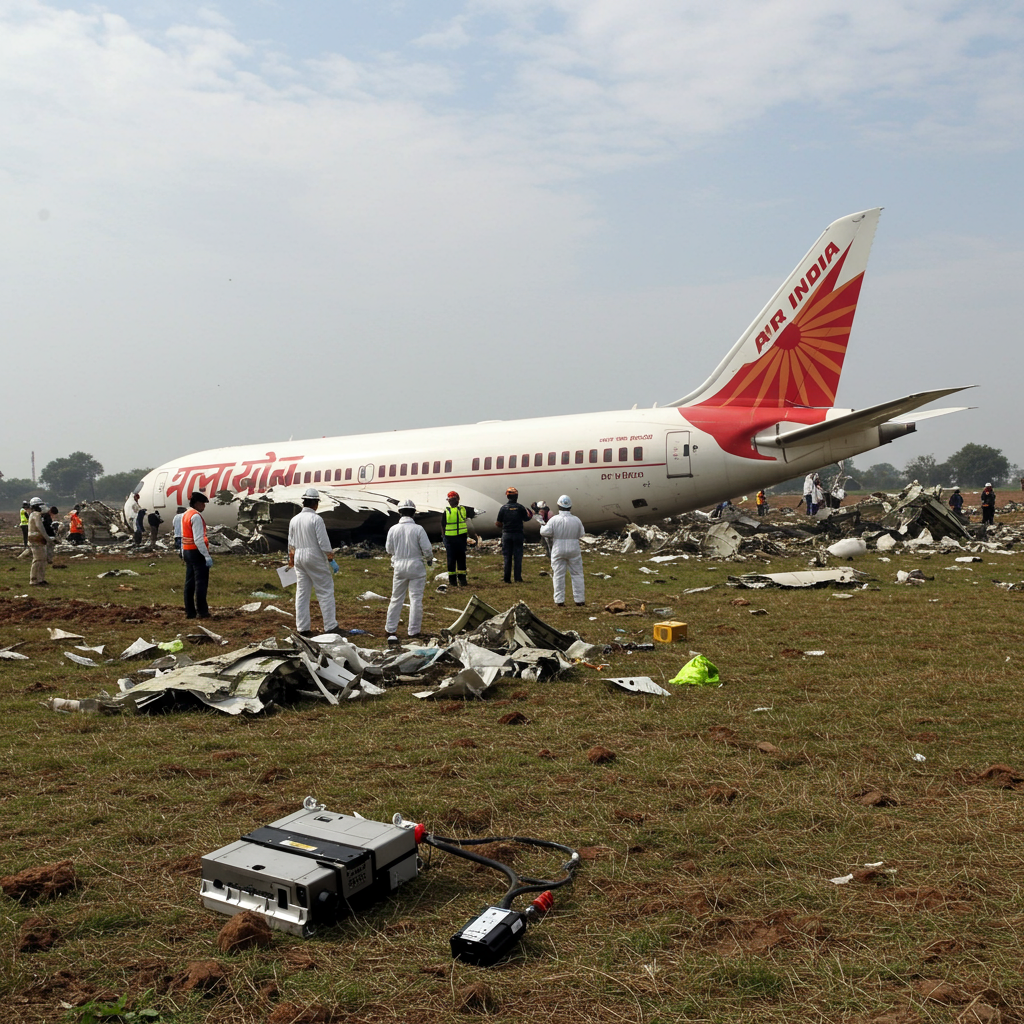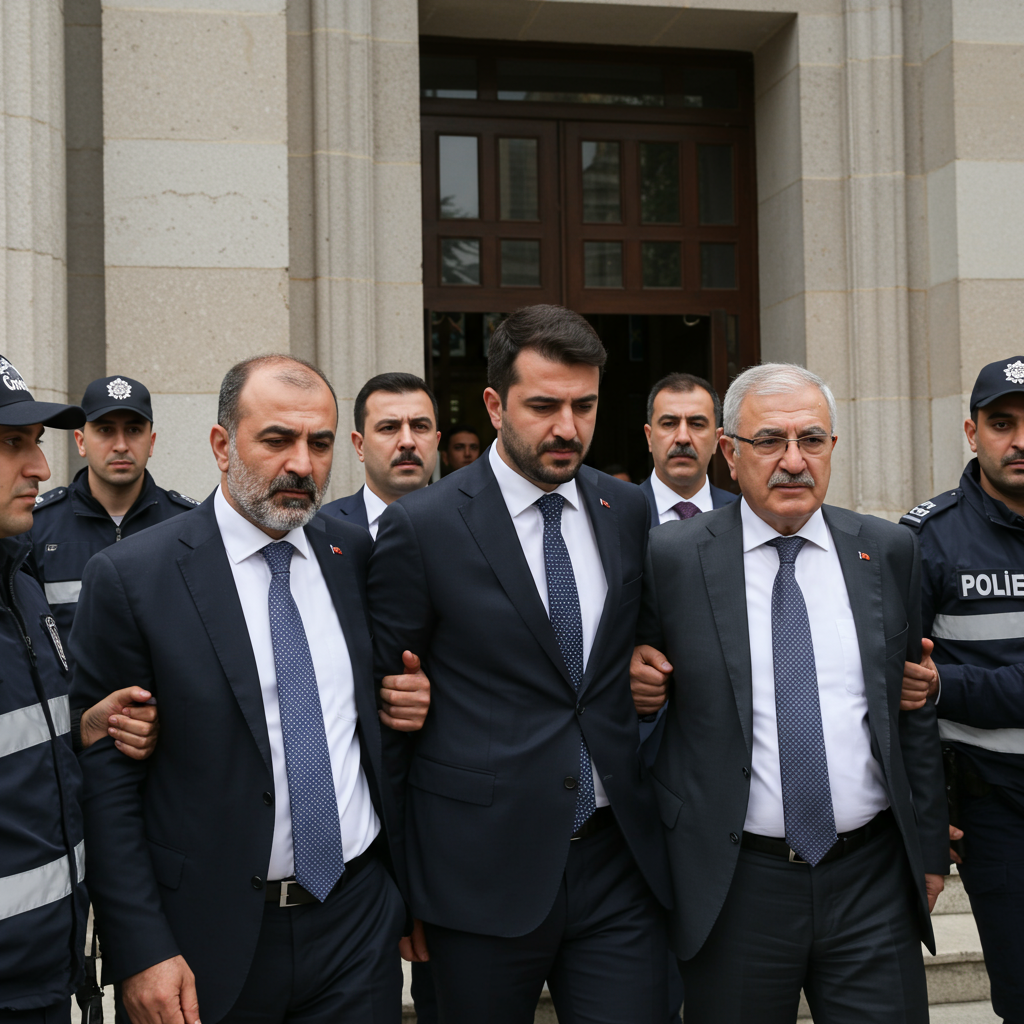Spain Pushes Back on Potential 5% NATO Defense Spending Target Ahead of Key Summit
As NATO allies prepare to gather in The Hague next week, discussions are set to focus on significantly boosting military expenditure across the alliance. However, Spain is signaling its reluctance, with Prime Minister Pedro Sánchez stating the country wants flexibility regarding a potential new defense spending target of 5 percent of Gross Domestic Product (GDP).
In a letter to NATO Secretary-General Mark Rutte, Sánchez expressed Spain’s commitment to European security but clarified that Madrid “cannot commit to a specific spending target in terms of GDP at this summit.” This position risks disrupting a key agreement anticipated at the alliance meeting, particularly as figures like U.S. President Donald Trump continue to push for greater burden-sharing among allies.
Why Spain Argues Against the 5% Target
Spain currently holds the distinction of being the lowest military spender among NATO members, allocating just around 1.3 percent of its GDP to defense in 2024. While Sánchez has previously pledged to accelerate efforts to meet NATO’s current 2 percent target – a goal Spain expects to reach this year, partly through a planned €10.5 billion budget increase in 2025 – he argues that a jump to 5 percent is “unreasonable” and “counterproductive.”
Several factors underpin Spain’s position:
Economic & Social Impact: Sánchez contends that a 5 percent target would jeopardize the country’s welfare system, potentially forcing tax increases on the middle class and scaling back vital commitments to the green transition and international development cooperation. He sees such a high level of spending as incompatible with Spain’s welfare state and its “world vision.”
EU Defense Autonomy: Madrid is concerned that a rapid rush to meet a 5 percent goal would undermine the European Union’s own efforts to build its security and defense capabilities. It could force EU governments to procure military equipment quickly, potentially from outside the bloc, rather than fostering a robust domestic and European industrial base.
Domestic Political Landscape: The minority left-wing coalition government, led by Sánchez’s Socialist party, faces significant opposition to increased military spending from its junior partner, the left-wing Sumar party, as well as crucial parliamentary allies like Podemos. Securing parliamentary support for substantial defense hikes is challenging, particularly amidst existing political fragmentation and recent crises straining coalition relations.
Strategic Threat Perception: Compared to NATO members on the eastern flank bordering Russia, Spain’s geographical distance leads to a different perception of immediate threat, making large-scale defense spending increases less politically urgent domestically.
Public Finances: Spain’s public finances are described as “delicate,” with a high public debt level relative to GDP, adding another layer of difficulty to justifying a massive spending surge.
Focus on Capabilities: Spain’s Defence Minister, Margarita Robles, has stated that Madrid prefers focusing on fulfilling NATO-assigned “capacities and objectives” rather than adhering strictly to a percentage like 5 percent.
Sánchez invoked the principle of national sovereignty in his letter, stating, “It is the legitimate right of every government to decide whether or not they are willing to make those sacrifices. As a sovereign Ally, we choose not to.”
The Proposed Target and Alliance Dynamics
The push for a higher defense spending target, particularly to 5 percent, reflects mounting pressure, largely from the United States, for European allies to invest more in their security following Russia’s 2022 invasion of Ukraine. While the previous 2 percent target was established in 2014, progress was slow until recent years. Now, nearly all allies have plans to meet or exceed 2 percent, and the discussion has shifted towards an even higher benchmark.
NATO Secretary General Mark Rutte has reportedly suggested a potential formula for the 5 percent goal: allocating 3.5 percent to core military expenditures and an additional 1.5 percent to broader security-related items like military mobility, cybersecurity, or even potentially aid to Ukraine or infrastructure projects. This split aims to make the target more achievable and inclusive for diverse allies, with a proposed implementation date often cited as 2032.
While Sweden has reportedly agreed to meet the 5 percent target by 2032, even planning to borrow significantly to do so, other allies face challenges. Italy is reportedly seeking a delay to 2035 and the removal of a requirement for annual spending increases. Belgium and Canada are also noted as potentially finding a major hike difficult. Furthermore, the current national defense plans of major allies like France, Germany, and the UK do not currently align with reaching a 3.5% core target by 2032.
NATO’s decision-making operates on consensus, meaning any new spending target requires unanimous agreement from all 32 members. This provides Spain with potential leverage, though Madrid has stated its intention not to block the summit outcome. As Minister Robles put it, Spain “will not veto anything” and remains a “constructive ally,” despite its reservations about the 5 percent figure.
Discussions are ongoing among allies to bridge these differences ahead of the critical summit, highlighting the challenge of achieving consensus on ambitious new defense investment plans. While Spain’s position presents a hurdle, a senior European official noted that while it “doesn’t look good,” Spain has proven to be a “steadfast ally so far,” suggesting that resolution through further talks remains possible.




